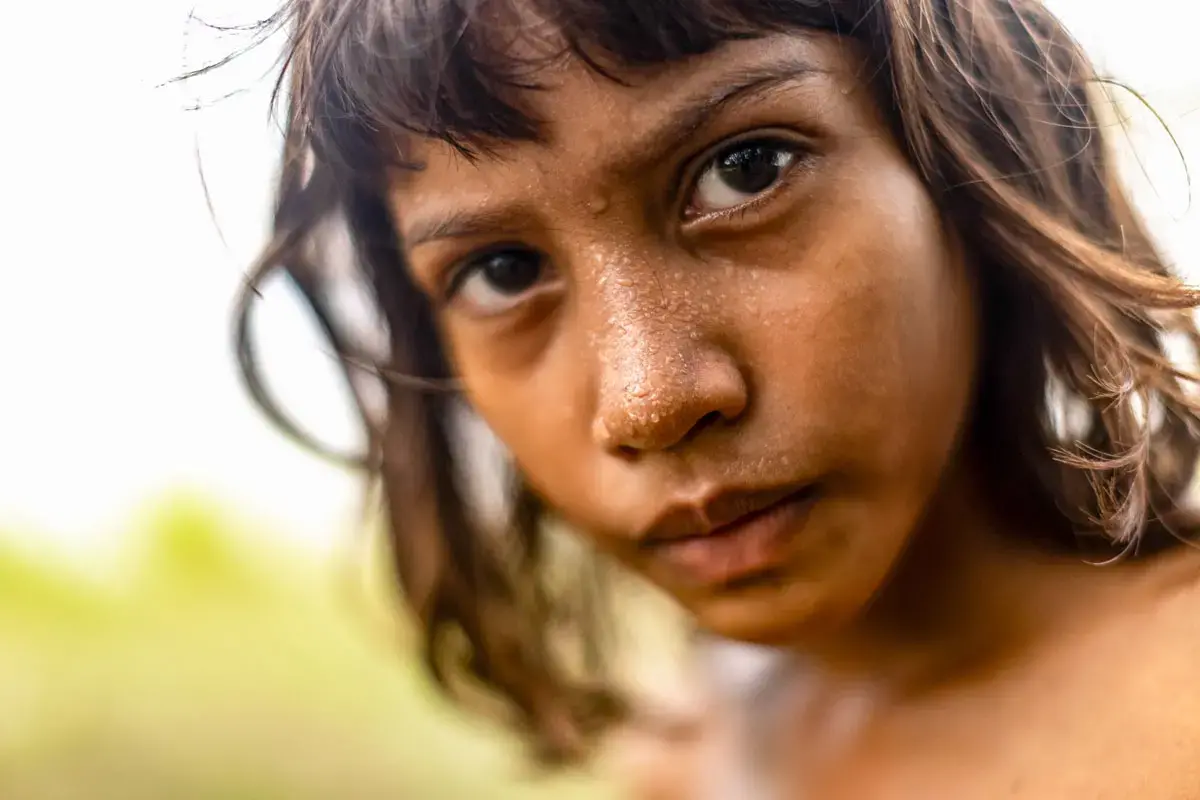
“I will remember walking over the dunes and the scorching Sun on my back.” Those are the memories that will stick with photographer Dado Galdieri from his time spent outside of Tefé, Brazil, shooting for “A River in Flux,” a news feature in Science’s 16 February issue.
Galdieri, who recently earned his master’s degree in the science of sustainability at the Pontifical Catholic University of Rio de Janeiro, has photographed a number of climate-related stories for Science about the spread of zoonotic diseases and Indigenous people fighting against a controversial dam. Working with his colleagues at Hilaea Media, he is driven to show us how our world is changing.
Galdieri compares his work as a climate photojournalist to that of a war photographer. He explains: “As a Brazilian, it’s a big responsibility to be a photojournalist, to depict this war on nature in the most biodiverse country in the world.”
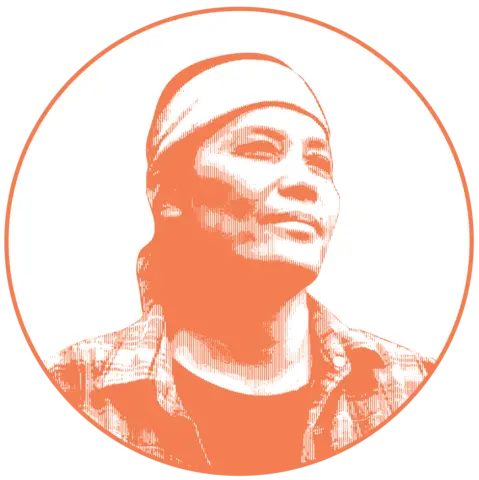
As a nonprofit journalism organization, we depend on your support to fund journalism covering underreported issues around the world. Donate any amount today to become a Pulitzer Center Champion and receive exclusive benefits!
When he, writer Daniel Grossman, and filmmaker Patrick Vanier decided to tell a story about how intense drought in the Amazon River was fundamentally changing the region’s hydrology, they wanted to approach it respectfully. News reports last year detailed massive numbers of freshwater dolphins dying, and there was a danger that the presence of the world’s media would detract resources from the locals in a remote area where resources were already running low. Instead of burdening locals by staying in overflowing hotels, the journalists decided to rent and stay on a boat.
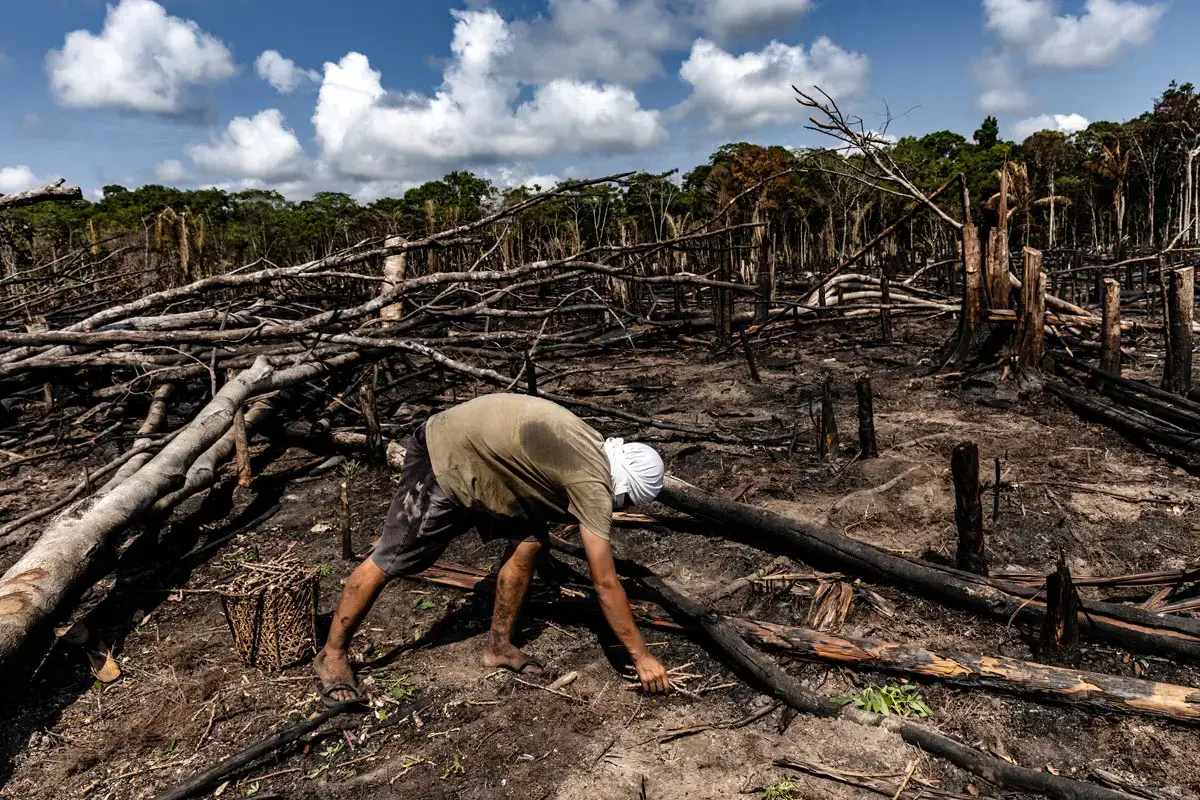
In this region, boats are the main source of transportation, and they expected navigating the area and finding their angle would be challenging. They were surprised—and grateful—when the locals literally steered their boat for them, pointing them to the story.
“We were not prepared to see how the effects of this shrinking livable habitat were also being mirrored in the other communities,” Galdieri explains. “The fishermen were starting to fight against each other and they were having trouble with the dolphins.”
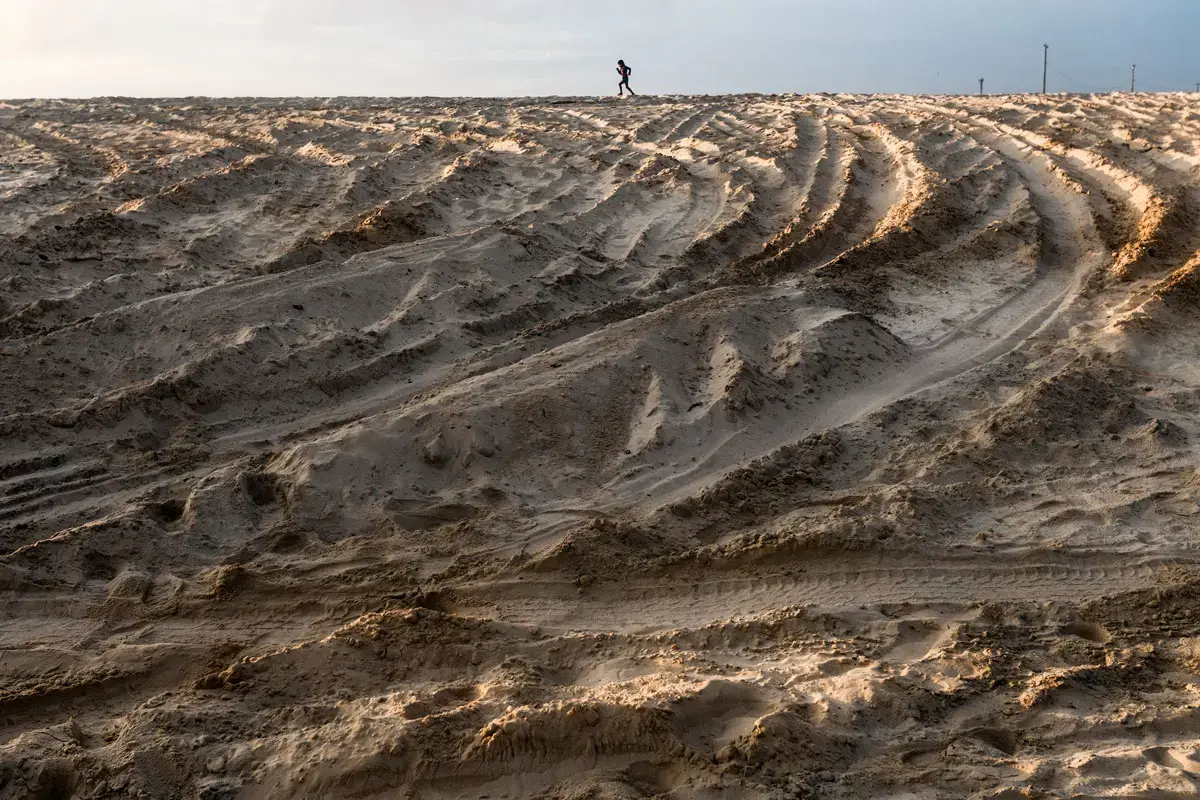
My favorite skill of Galdieri’s is how he gains the trust and friendship of the people he photographs. It’s obvious in his pictures. Science journalism can sometimes dull the senses with lists of complex facts and technicalities. Photography injects emotion, empathy, and humanity into these stories. Photography captures people’s attention. Focusing on the people in these challenging circumstances is a soft landing before diving deeper into the issues of hydrological systems.
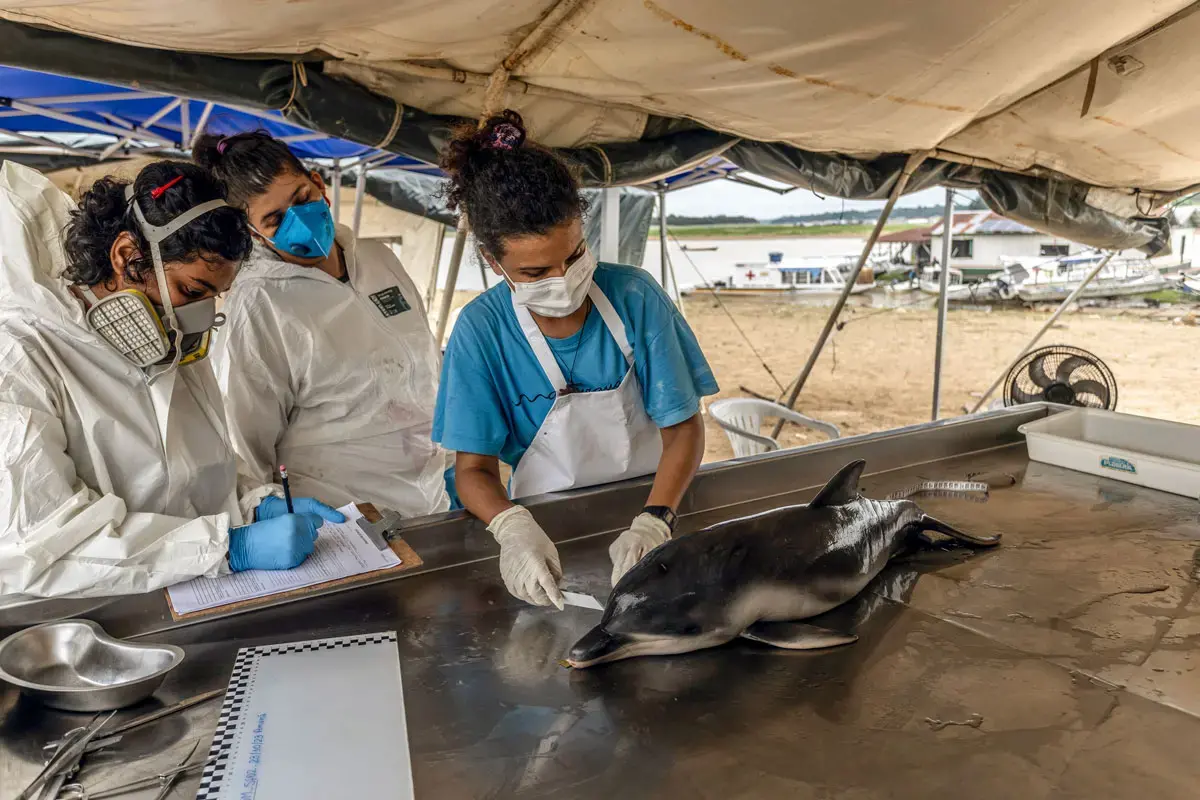
Galdieri described to me what it was like to stand in the middle of the dried riverbed. “It was really painful to see. I couldn’t believe it when I first lifted the drone. It was much bigger than what I thought. It’s like the whole arm of the Amazon just disappeared. Poof!”
He shared a tender moment on our call about what it was like to gain people’s trust: They take you in, they show you what is most precious to them. The experience made Galdieri better appreciate that we are all sharing this world.
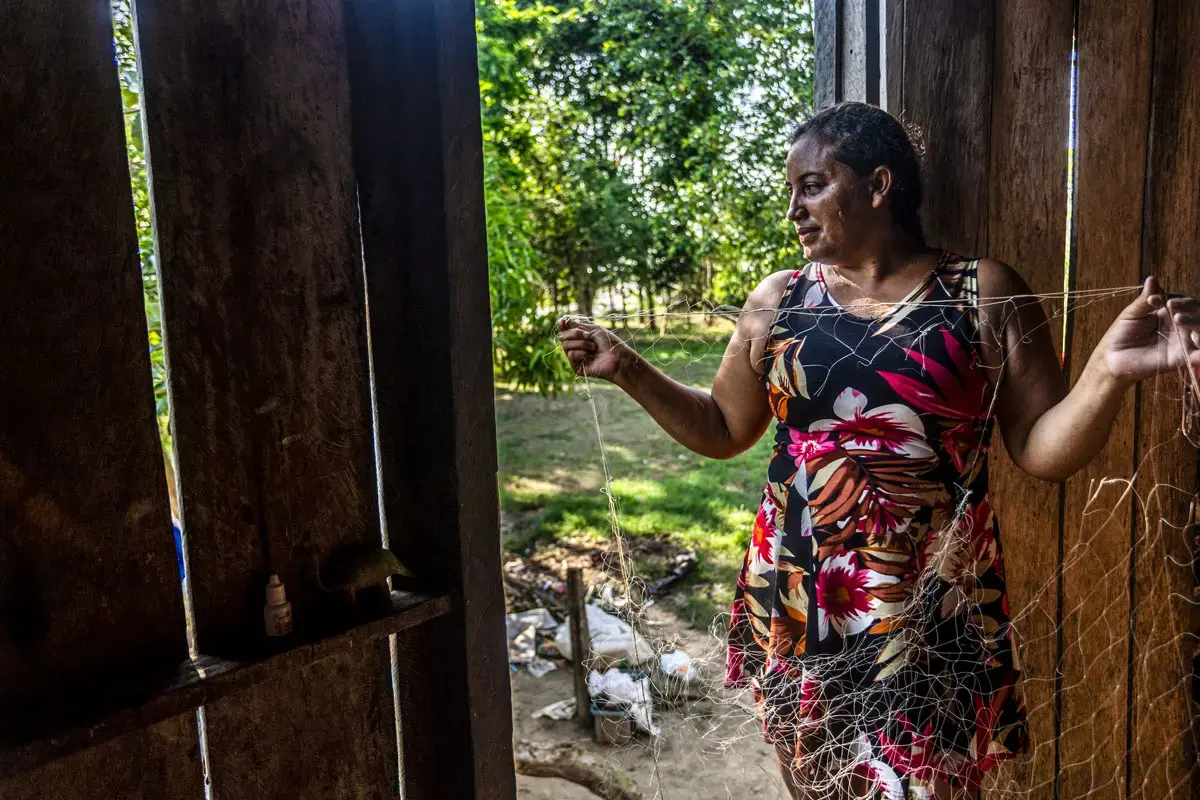
He said the trip brought to mind the sci-fi, futuristic concept of needing to find a more habitable planet. “We are transforming Earth to look like Mars. The Amazon River turned into dunes.”
Covering climate stories again and again can take a toll on journalists. He makes a point of reconnecting with the natural world near his home in the forests outside Rio de Janeiro in order to recenter himself. He says, “Coming home is not so much about re-entering familiar territory as it is about grappling with the contrasts and reflections stirred by the journey.”
Galdieri is particularly interested in this question: “How can we overcome this persistent dichotomy between nature and society?” Arguably, he says, photography is the best tool for that job. Photographs allow people to see it, acknowledge it, and remember it.
